Forming part of the exhibition programme “Communicating Bodies” developed by HALLE 14 Zentrum für zeitgenössische Kunst (Contemporary Art Centre) and the Bauhaus Dessau Foundation is the exhibition Mensch, tanz! (Gotta Dance!) on show from 2 November 2023 until 14 January 2024 in HALLE 14 in Leipzig. Here, the artistic projects of Aikaterini Gegisian (Exercises in Speaking Out), Niels Bolbrinker (video installation Tänzermenschen) as well as snail eye (Lina Ehrentraut, Stefanie Leinhos, Malwine Stauss, Julius Wagner with comics as images for dancing) are equally dedicated to an actualization of historical body experiments. The background programme includes video performances by students of the Palucca Hochschule für Tanz / University of Dance Dresden.
The Gesture Speaks
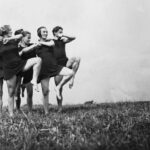
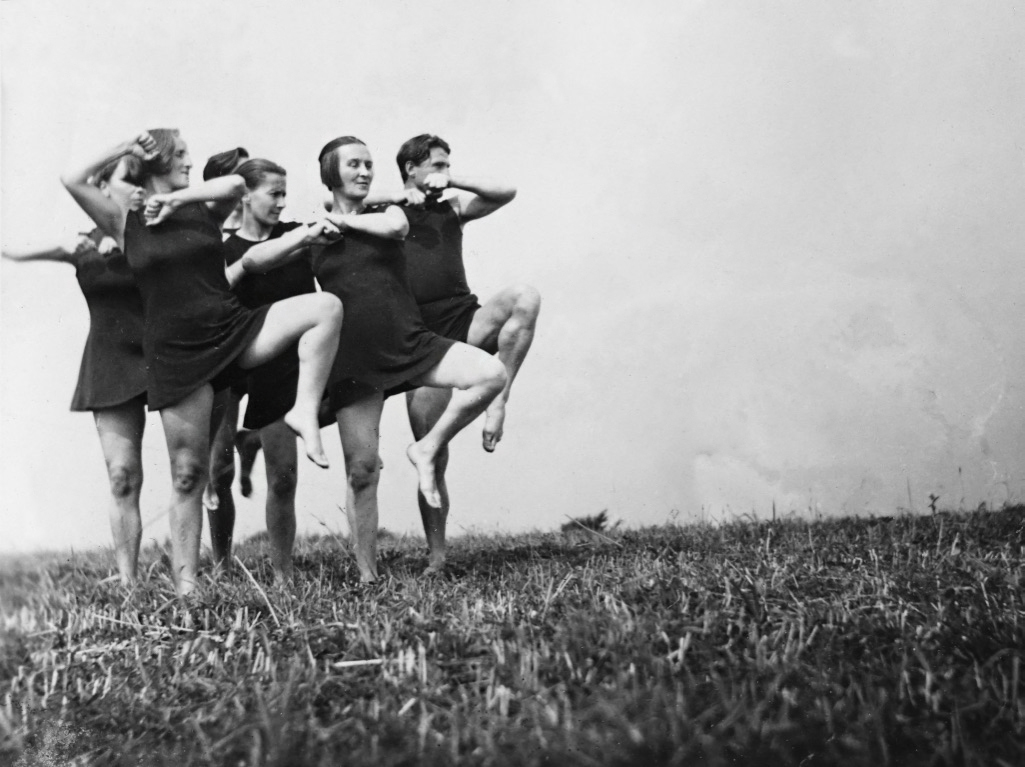
The Gesture Speaks
12 Apr 2024 – 2 Feb 2025
Tue – Sun, 10 am – 6 pm (Mar – Oct)
Temporary exhibition room
At the beginning of the 20th century, the human body was explored anew as a medium of perception and expression.
The exhibition “Gesture speaks” provides insights into those new models of physical education and dance avant-garde. And it pinpoints quite clearly how the Bauhaus took them up programmatically as concepts for a holistic approach to art and a design for living based on body, space and gesture.
Hopes were high in the first half of the twentieth century of discovering a body language in gymnastics and dance that would map out concepts for a new and modern way of life. New approaches involving a harmonic, rhythmic and artistic form of gymnastics promised the ability to recreate the whole human being from scratch – going beyond mere physical training and based on far-reaching premises pertaining to the philosophy of the body and theories about civilisation. Particularly in the years of the Weimar Republic, a diversity of schools, associations and experimental communities arose aspiring to nothing less than reshaping life as a whole, namely, launching out from the body as basis. People would develop a new relationship to the body by freeing it from “unnatural” inhibitions and conventions and rediscovering it as a source of individual and communal vitality. In the process, a a multi-faceted and contradictory “body culture movement” evolved, which was on one hand informed by a romantic feeling for nature and civilisation fatigue, and on the other by socialistic and nationalistic ideas. The explorative theatrical and physical experiments at the Bauhaus were also embedded in this movement.
The exhibition “Gesture speaks” shows this embedment for the first time. It presents generic projects by in part lesser-known avant-gardists on the gymnastics and dance scenes, including Hade Kallmeyer, Dore Jacobs and Jenny Gertz, and also Émile Jaques-Dalcroze, Mary Wigman, Kurt Jooss and Rudolf Laban. It takes a new approach to contextualising the experimental work with the body at the Bauhaus as executed by Gertrud Grunow, Kurt Kranz, also Oskar Schlemmer with Manda von Kreibig, Karla Grosch and other co-workers in the theatre workshop. Historical photographs and printed matter and graphics, also documentary film footage by Niels Bolbrinker give us an in-depth view into the complexity and multi-layered aspects of these new discoveries about the human body in the first decades of the twentieth century. Parallel to this, the contemporary artists Christina Werner (Rhythm is a dancer) and Clément Cogitore (Bodies in Sync), alongside Gerburg Fuchs, will put on movement workshops that are open to the public, in which they link up with the twenties’ avant-gardist experiments and update them in and with their works.
Free admission
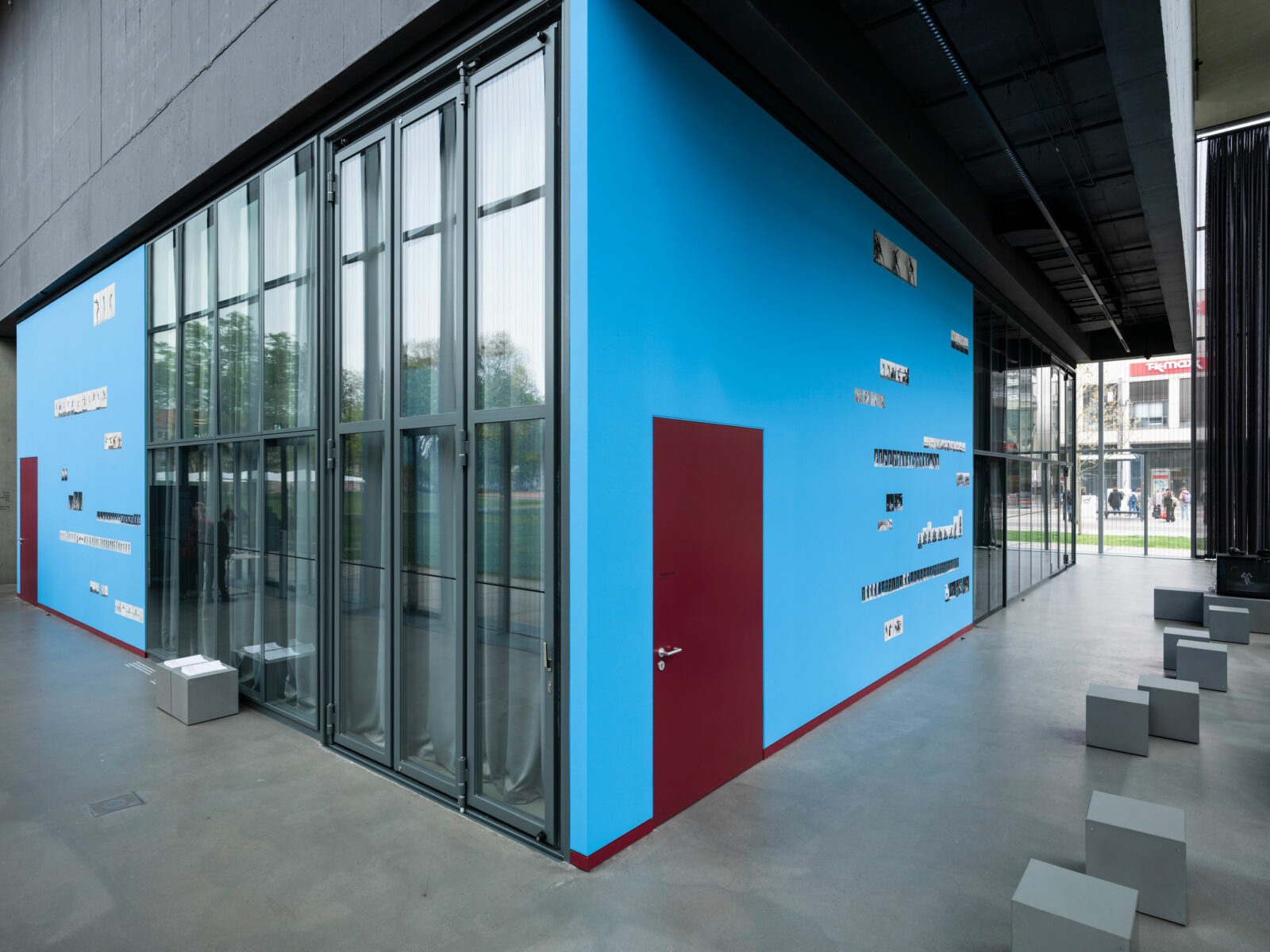
© Bauhaus Dessau Foundation / Photo: Meyer, Thomas, 2024 / OSTKREUZ

© Bauhaus Dessau Foundation / Photo: Meyer, Thomas, 2024 / OSTKREUZ
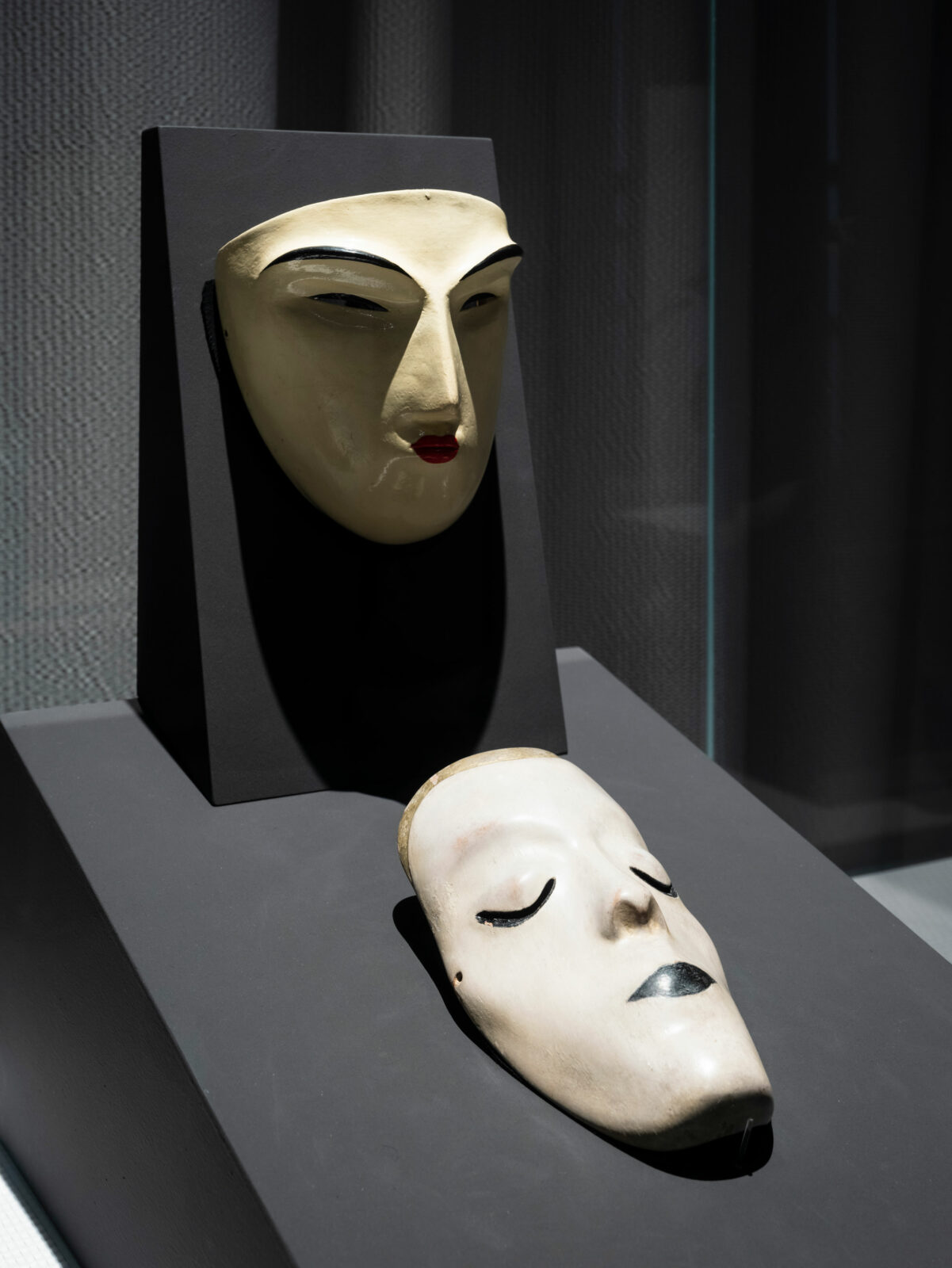
© Bauhaus Dessau Foundation / Photo: Meyer, Thomas, 2024 / OSTKREUZ
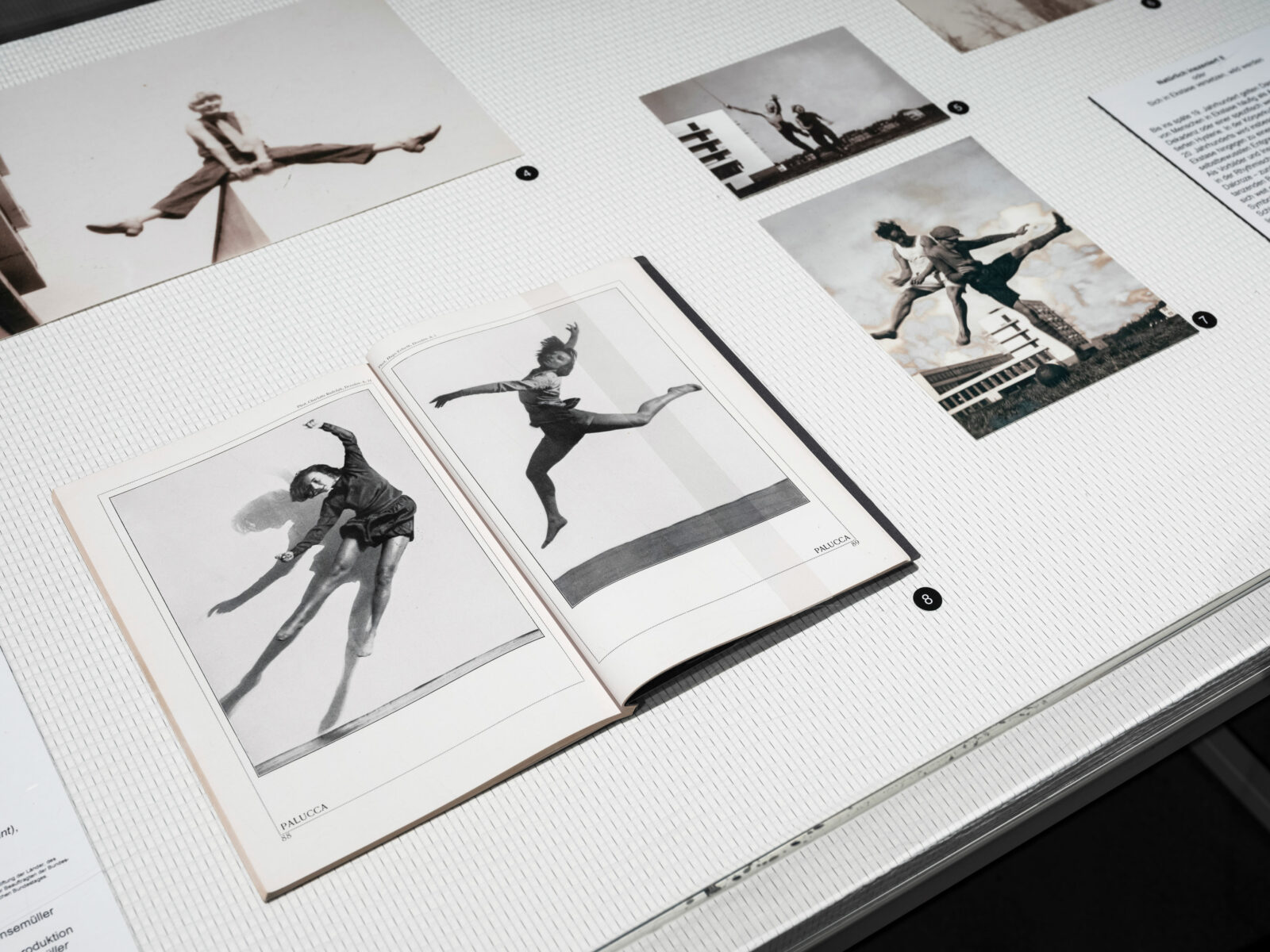
© Bauhaus Dessau Foundation / Photo: Meyer, Thomas, 2024 / OSTKREUZ; © (Charlotte Rudolph) VG Bild-Kunst, Bonn 2024
Exhibition programme “Communicating bodies”
Contributors
Curated by Niels Bolbrinker, Gerburg Fuchs and Torsten Blume.
A joint project as part of the exhibition programme Communicating Bodies with HALLE 14 Zentrum für zeitgenössische Kunst Leipzig, the Palucca Hochschule für Tanz Dresden and SQUASH Comics e.V. Leipzig, sponsored by the Cultural Foundation of the Free State of Saxony.